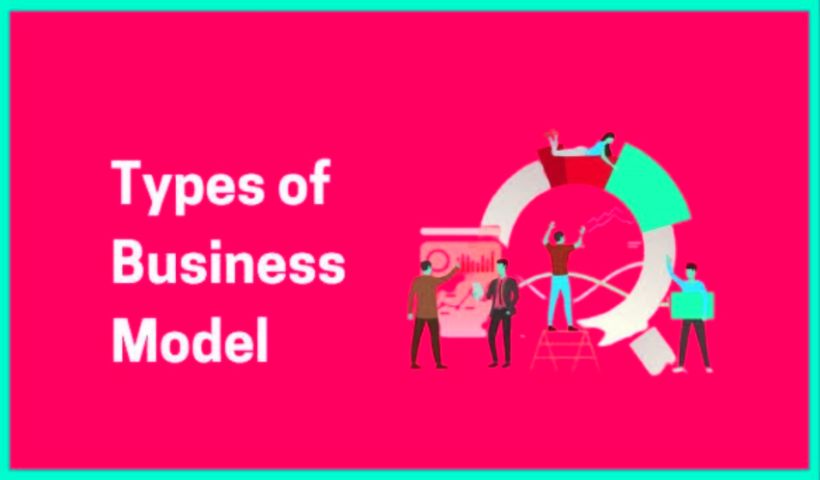The term “Business model” is probably the most frequented management idea in recent years. A term on which many expectations have been turned and has become the magic formula for success. However, the reality is that, in the words of Phillip Kotler, “companies can develop their strategies based on two ideas: get more revenue and/or spend less. Everything else is pure bullshit.”
A small analysis of some currently successful business models allows us, on the one hand, to become aware of the few design decisions that explain the success of an MN and, on the other hand, allows us to speculate on how innovative business models appear.
Table of Contents
1. Definition And Framework Of The Business model
Each company has, formally or not, a business model (BM). NM is the set of strategic decisions that determine how the firm becomes a sustainable business by creating enough value for its clients and extracting enough of that value for itself. There are three points worth noting regarding this definition.
- First, a business model is not a single decision, but rather a set of decisions that must be considered in their entirety.
- Second, a business model is based on strategic decisions, that is, decisions that are broad in scope, difficult to change, and often made when the company is established, thereby defining the essence of its essence and giving it confers its distinctive character. For example, the lack of a physical storefront has been a characteristic feature of Amazon’s business model.
- Third, the emphasis of the business model is on how the company does its business, rather than what it offers its customers. The emphasis on “how” rather than “what” may seem misplaced because the success of many companies is due to what they offer their customers: their products. There are thousands of examples: Microsoft long dominated the market for PC operating systems thanks to Windows, and Pfizer’s cholesterol-lowering drug Lipitor can safely be described as the success story of the pharmaceutical industry, a soda in a red can…etc…
2. Value And Resources For The Client
Customer value is created when the customer meets a need effectively, with as little hassle as possible, either through a physical product or a service, or both. (For simplicity, “product” is used to describe physical goods and services.) For example, a customer’s need might be as mundane as a box of pasta to make a meal, or as specific as transportation to get from one part of a store to another. city to city, or as sophisticated as a health care service. The needs are often multidimensional, as in the case of gluten-free pasta or fast and safe transportation, or efficient and friendly medical care.
3. Revenue Model
The revenue model is pretty simple: It describes how each sale occurs. The primary role of the revenue model is to extract some of that value for the business. This achieves sustainability. To do this, the income extracted must be sufficient to justify the cost of the resources applied in its production.
4. Supply Model
Like the revenue model, the offered model comes in many varieties. However, there are three crucial decisions in the supply model regarding how the company manages its resources (labor and capital): timing, location, and control.
5. Innovative Models
Novelty often comes from implicit and challenging decisions about what product or production processes are important to a company relative to the needs of its customers.
While all companies operate with some type of business model (formalized or not), not all companies have defined an innovative business model. That is, a defined business model to meet a need through a new or novel revenue model or implement a different and innovative supply model. Most of the time, business model innovation involves combining multiple elements other than the three areas.
6. In Short
Business model innovation typically involves one or more new revenues or offerings (or both). These developments often challenge implicit assumptions. For example, traditional fashion retailing involved outsourcing production to foreign suppliers and a rock-bottom pricing model that relies heavily on markdowns to remove excess inventory.
Zara’s fast fashion and business model innovation begins with its decisions on the model of supply in place (local production) and control (vertical integration). This allows Zara to experience far fewer overproduction situations because:
(a) design decisions are made closer to the selling season (an innovation in the timing of the supply model)
b) its rapid response capacity allows it to be conservative with initial production commitments.
Zara also innovated with its revenue model. Adopting a “value pricing” approach that uses offers price reductions sparingly.
Like Zara, Amazon’s retailing is based on the location decision of its supply model. But instead of moving closer to demand, Amazon moved further away, initially opting to store inventory in a single warehouse rather than in thousands of retail stores closer to consumers. It turns out that many of the customers were willing to give up the ability to physically browse the books (the traditional assumption) in order to have access to a wide variety of readers.
More recently, the ride-sharing model has challenged our assumptions about urban transportation that was dominated by traditional taxis. Uber’s entry into this market involved two key business model innovations. First, he relinquished control of two key assets, drivers and their vehicles. This eliminated the standardization of their vehicles in the sense that customers cannot know what type of car they are going to travel in. Second, it abandoned rigid taxi pricing and replaced it with a revenue model based on substantial and frequent price adjustments. The combination of these two innovations allows Uber to offer many more vehicles on the road, especially when demand is high, creating considerable value for both Uber and its consumers.
Also Read : Strategic Territory Alignment Of Sales
